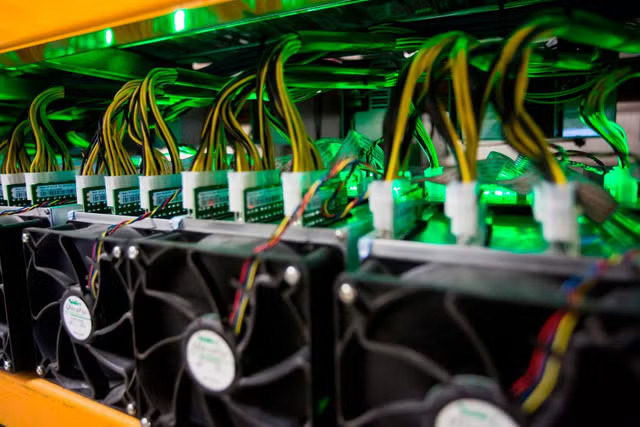
Digital currency based on blockchain technology, like Bitcoin and Ethereum, is referred to as cryptocurrency. Because it is issued by decentralized networks and protected by encryption, it is difficult to counterfeit and impervious to governmental manipulation. This kind of currency has become increasingly popular over time, and as a result, more and more people are participating in its mining.
The mining process typically requires the utilization of high-speed data processing centers due to the growing number of computer calculations required to mine cryptocurrencies. The functioning of these facilities depends heavily on cables and wires.
Cables' Function in Data Processing Facilities
Cable systems are an essential part of data processing centers. These systems comprise and link the networks that enable transmissions, including transactions using cryptocurrencies.
Data processing facilities now face numerous new difficulties as a result of the increase in bitcoin mining. Miners need fast computers with the capacity to carry out the required computations because they frequently have to search through millions of combinations in order to find cryptocurrency. To satisfy these growing needs, data processing facilities must create and implement new technologies, like improved cabling systems.
Cable Types in Use
Depending on the requirements of the data processing center, cable system designs might be either structured or unstructured. The connecting points and paths in structured cabling designs are determined by predetermined standards, but in unstructured cabling designs, these elements are not predetermined.
Additionally, the cabling itself may differ. Fiberoptic and copper cables are two of the most widely utilized types. While the latter is used for its larger transmission coverage and smaller footprint, the former is used for its high transfer rate, low cost, and low power consumption.
Cable systems used in cryptocurrency mining data processing centers need to be dependable and adaptable. The cables must be capable of reliably sending large amounts of data. If not, the entire network may crash, which could result in substantial time and financial losses for the institution. Stability, mobility, and grounding capability are other characteristics that might be essential for a data processing center.
Data processing centers use a variety of cable systems, such as:
Assemblies of cables. Cable assemblies are groups of cables or wires protected by strong outer sheaths. Extreme weather conditions could harm the wires and cables, but the sheath shields them from harm.
Wire harnesses. Cables, wires, or a group of cables and wires wrapped in thin sheaths are called wire harnesses. The main purpose of the sheath is to keep the wires and cables orderly, even though it offers some protection. Because of this, these cable systems work best indoors, where exposure to adverse circumstances is unlikely.
Cables for power. Power cords are made to transfer energy from the source to devices that are attached to it.

 Admin
Admin
Leave A Reply
Your email address will not be published. Required fields are marked *